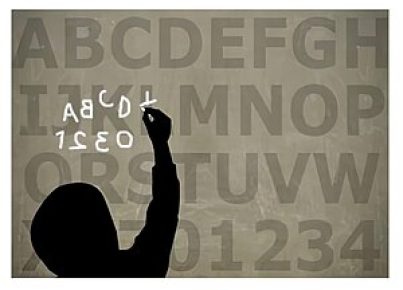Introduction:
Boys face various barriers throughout their educational journey that negatively impact their academic performance and attainment. It is crucial to identify these challenges in order to find solutions that would improve boys’ engagement with learning while unlocking their potential for success. This article explores some of the most common obstacles boys encounter in their education process and provides strategies to overcome them.
Emotional Intelligence and Communication Skills:
Boys often struggle with emotional intelligence and communication compared to their female peers. This gap can interfere with their ability to express their needs and thoughts, leading to increased feelings of frustration, disengagement from learning, and ultimately hindering academic achievement. Schools should encourage developing emotional intelligence and communication skills in all students, with special attention given to addressing boys’ unique needs through targeted interventions or counseling sessions.
Learning Style Differences:
Boys tend to have different learning preferences than girls, which may conflict with traditional teaching methods. They often require a more hands-on, concrete learning experience that emphasizes problem-solving and practical application over abstract concepts or passive learning. Educators must recognize these differences and incorporate diverse teaching strategies, including visual aids, physical activities, interactive discussions, and real-world examples, which not only engage boys but also cater to varied learning styles among all students.
Peer Pressure and Societal Expectations:
Boys may be reluctant to engage fully with learning due to peer pressure or societal expectations around masculinity. They might avoid actions such as asking questions or admitting academic difficulties for fear of being judged negatively by their classmates. Teachers can help counteract this by fostering a respectfualll classroom environment that promotes open communication without judgment or ridicule. Creating a safe space where students feel comfortable expressing themselves is vital.
Lack of Male Role Models:
The teaching profession is predominantly female-dominated in many regions. As a result, many boys lack exposure to male role models within the educational setting. This can contribute to disengagement from learning or deficiencies in academic achievement. Increasing the presence of male educators in schools can inspire boys and provide relatable role models who understand their unique challenges.
Conclusion:
Boys face numerous barriers that can adversely affect their learning and achievement throughout their education journey. By identifying these challenges and implementing appropriate strategies, educators have the opportunity to positively influence boys’ engagement with the learning process and help them reach their full potential. Building positive classroom environments, addressing emotional intelligence, acknowledging learning style differences, and increasing exposure to male role models are just a few ways we can begin breaking down these barriers.




